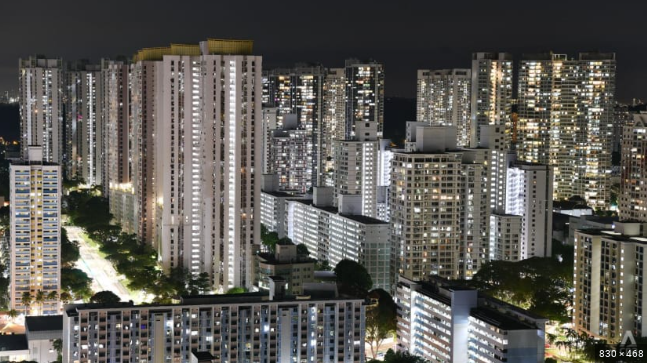The narrowing gap between retail and regulated electricity prices highlights market instability.
SINGAPORE: The price disparity between electricity retail plans and SP Group’s regulated tariffs has dramatically reduced, now standing at less than 1 cent per kilowatt hour (kWh). This change is a result of rising electricity prices amidst ongoing uncertainties in the global energy market.
A recent check on the Open Electricity Market’s price comparison website (Aug 4) revealed that the cheapest fixed-price plan for a 24-month contract was 31.30 cents per kWh, inclusive of Goods and Services Tax (GST). In comparison, SP Group’s tariff for households for the third quarter stands at 30.17 cents per kWh, which rises to 32.28 cents after factoring in GST.
Other fixed-price plans with varying contract lengths, ranging from 6 to 24 months, have rates between 31.60 cents per kWh and 48.15 cents per kWh. Notably, no plans offering discounts off the tariff are available at this time. This results in a minuscule difference of only 0.98 cents per kWh between the lowest retail price and SP’s tariff, a sharp contrast to four years ago when retail rates were up to 30% cheaper.
Professor Subodh Mhaisalkar, Executive Director of the Energy Research Institute at Nanyang Technological University, attributed this narrowing of the price gap to the uncertainties in global supply and demand. He noted that energy retailers are being cautious as they monitor the fluctuating global market.
Since last year, the global energy market has been facing challenges, including weather disruptions and a post-pandemic economic recovery. On the local front, reduced natural gas supplies from Indonesia, combined with higher-than-usual electricity demand, further strained the market. The Uniform Singapore Energy Price (USEP), which determines how electricity retailers purchase power in the wholesale market, spiked last year, contributing to the exit of five electricity retailers.
Experts suggest that the global energy landscape remains volatile, with geopolitical events like the Russia-Ukraine war contributing to heightened concerns over supply disruptions. Dr. David Broadstock, Senior Research Fellow at the National University of Singapore’s Energy Studies Institute, indicated that these conditions make it challenging for retailers to offer competitive pricing, as they cannot easily secure electricity at or below the tariff rate.
Dr. Broadstock also raised concerns about the sustainability of a business model where retail prices are so close to the regulated tariff. As many consumers still recall the disruptions caused by retailer exits in the past, they may prefer the stability of SP’s tariff. However, it’s possible that these retail prices could become more appealing over time if SP’s regulated tariffs continue to rise.
Both experts agree that innovation and unique offerings, such as green energy services, may help retailers attract customers despite these pricing challenges. Prof. Mhaisalkar also noted that government support measures, including backup fuel facilities for power generation, would continue to provide stability in the short to medium term.
While the market remains difficult for new entrants, there is hope that businesses that adapt to these volatile conditions and ensure sound operational strategies can survive and thrive.








